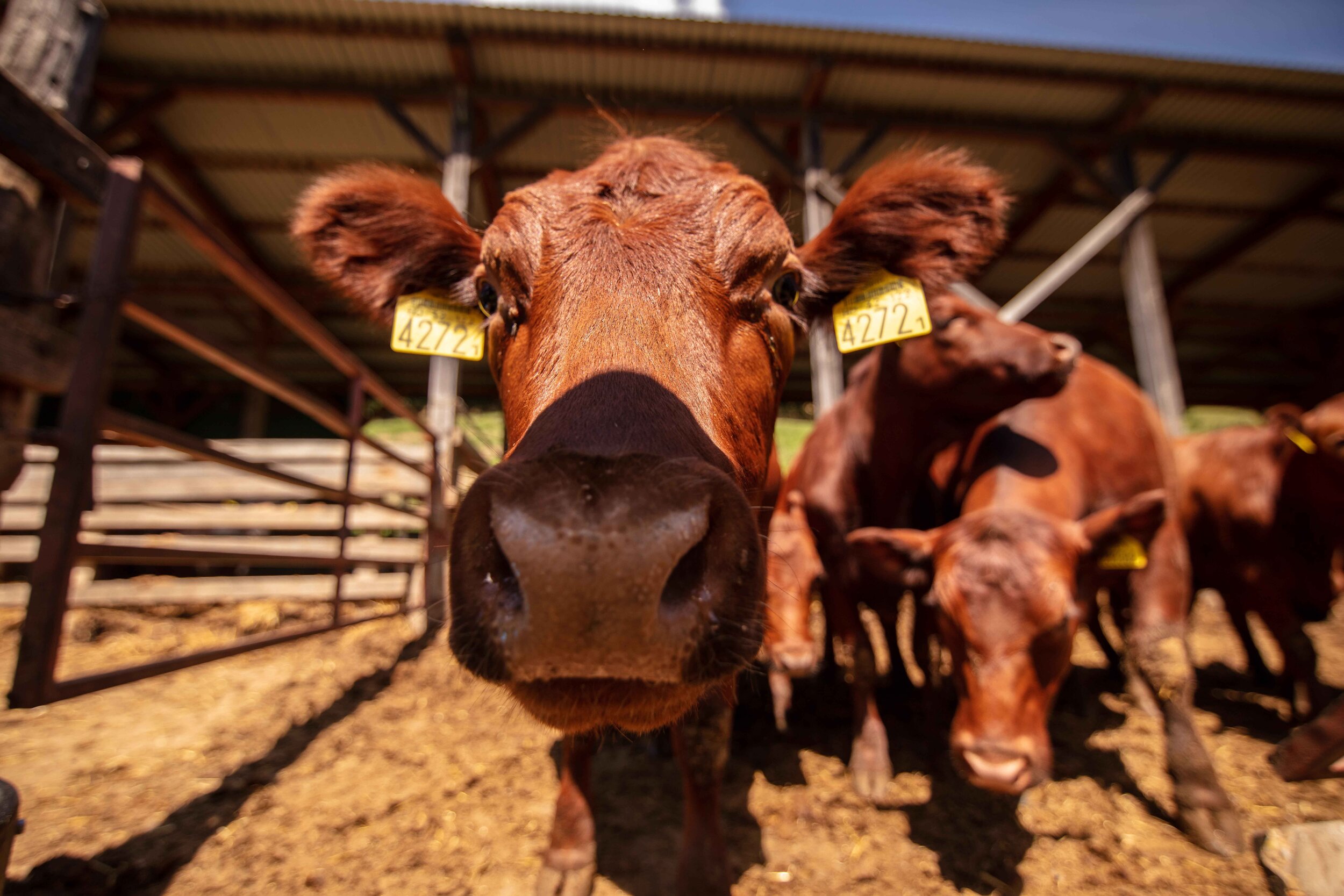The best Wagyu in Central Europe?- We think so…
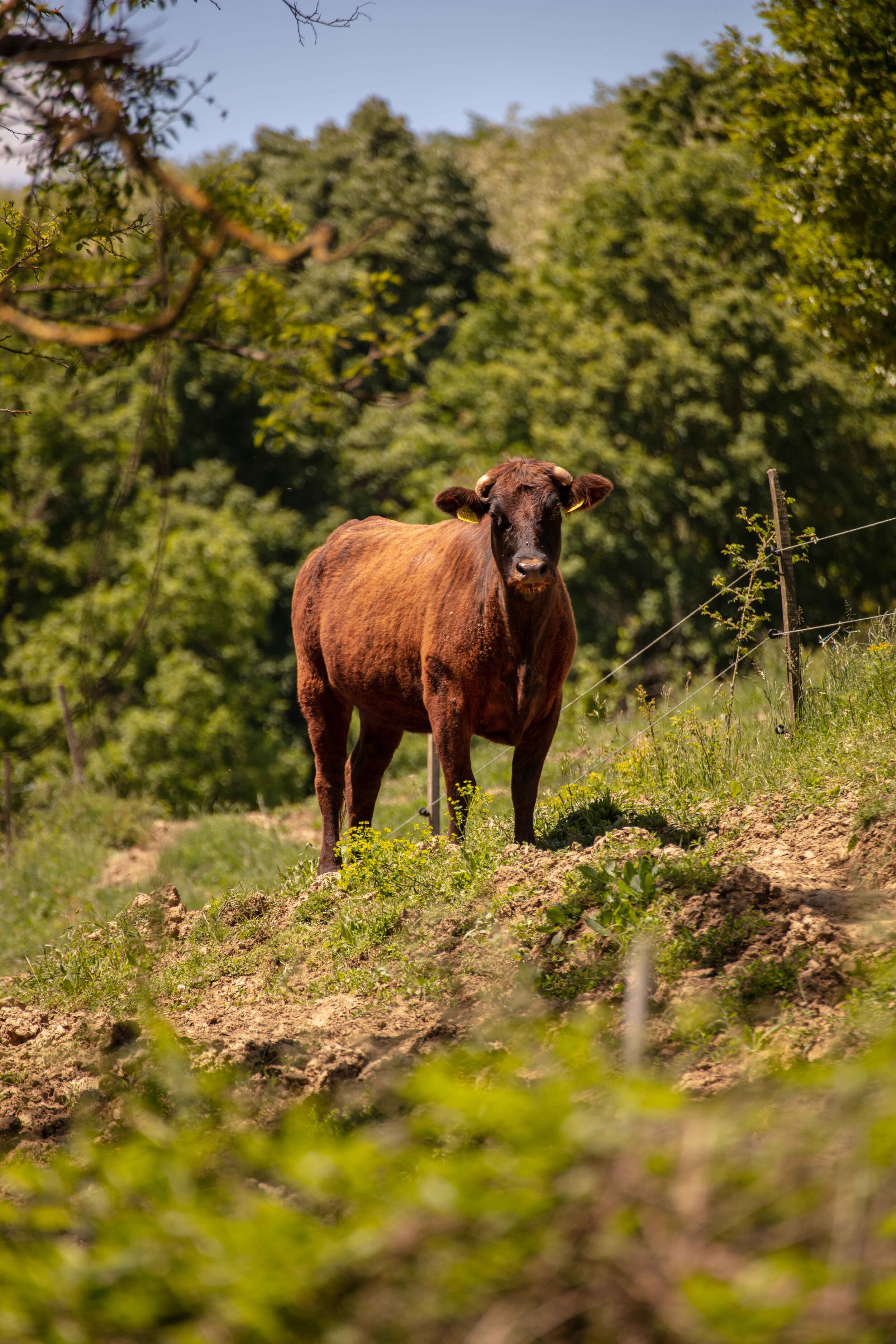
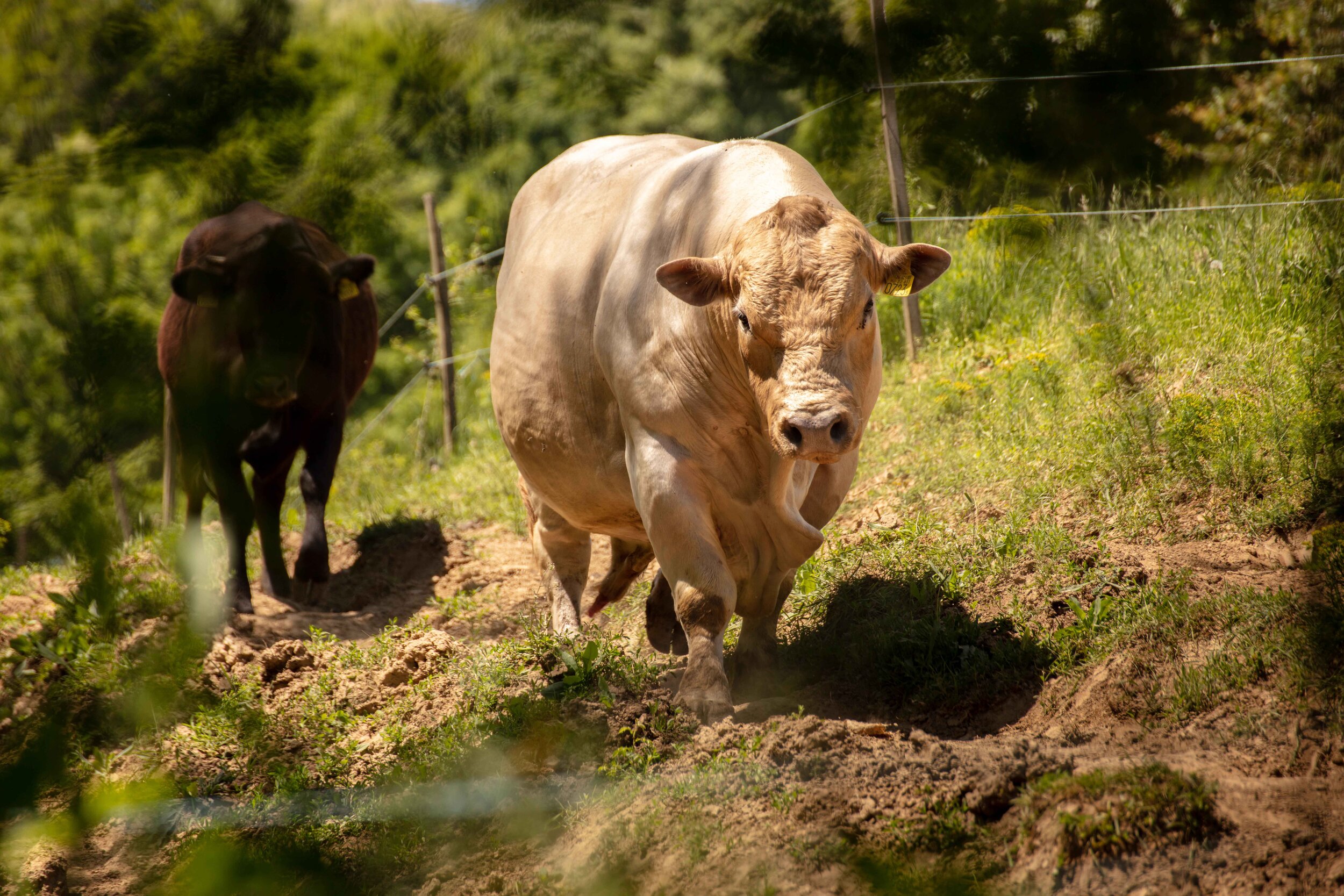
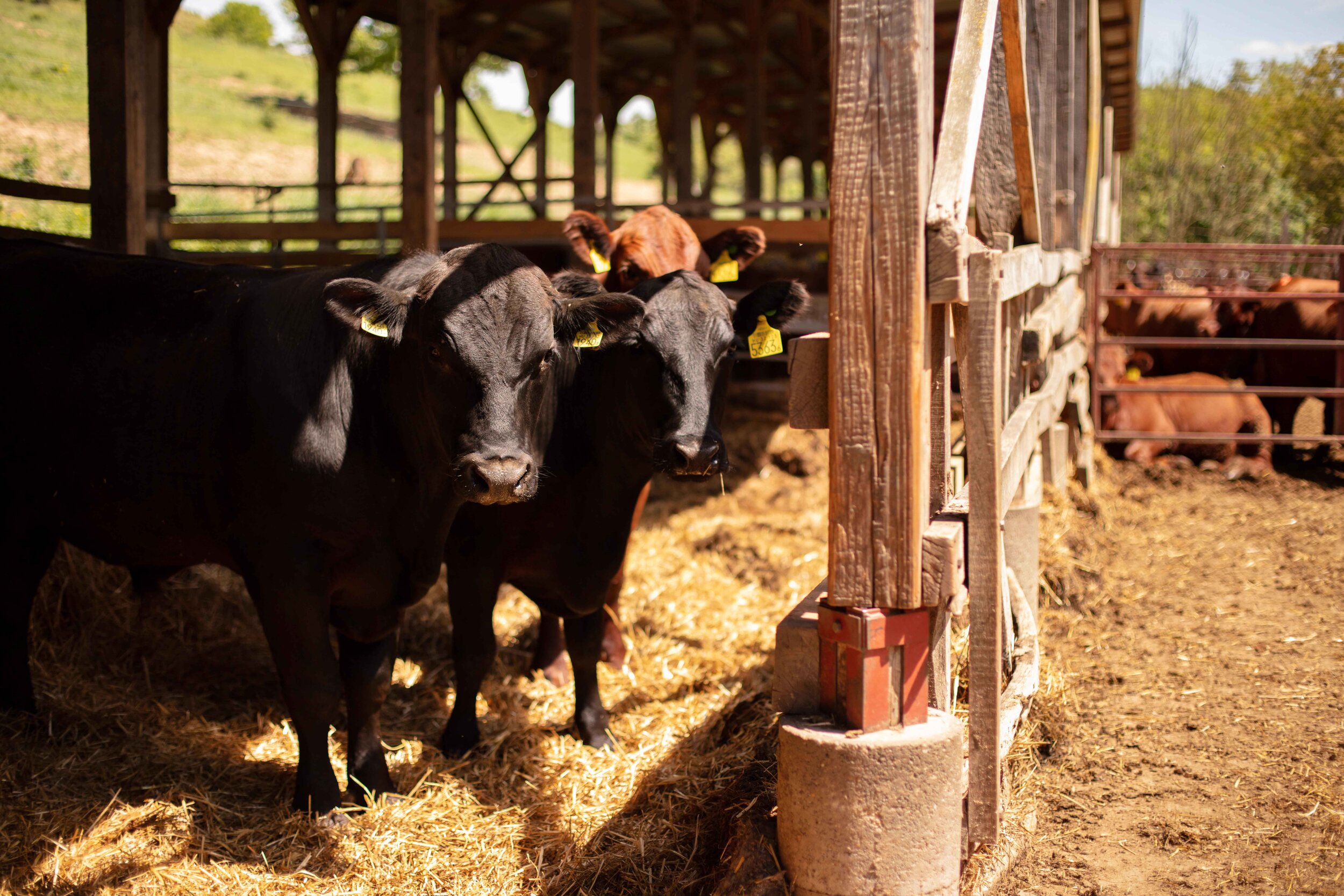
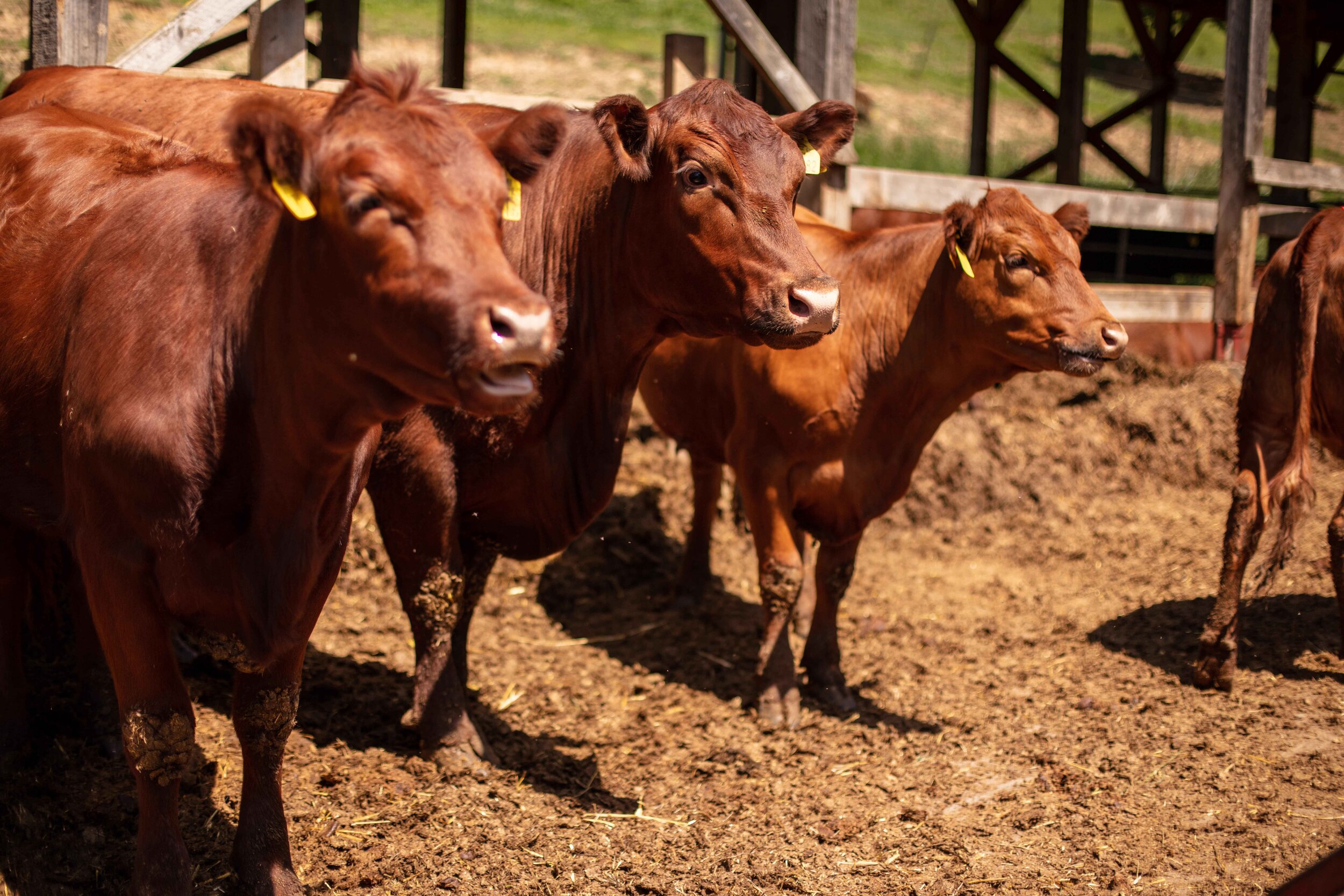
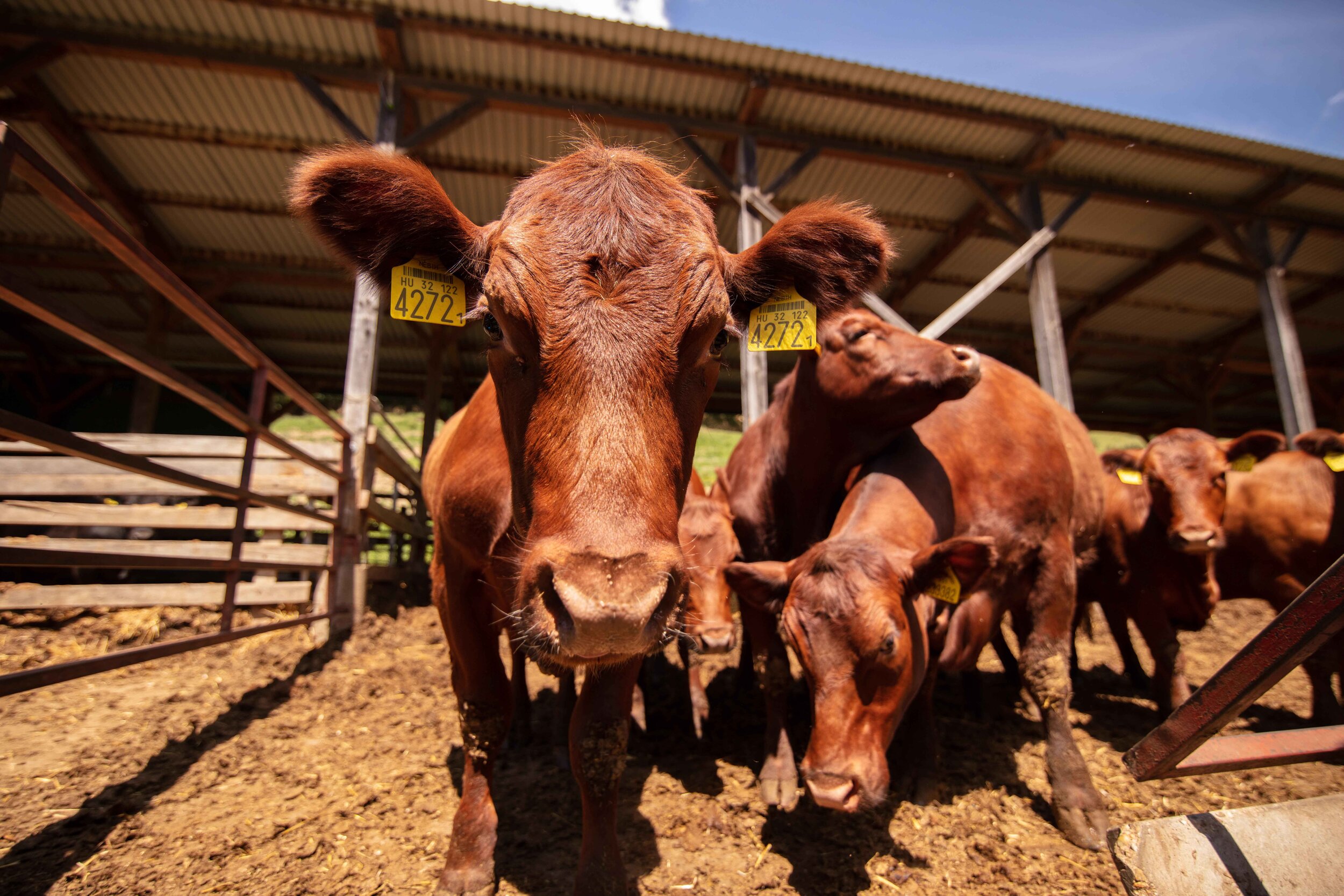
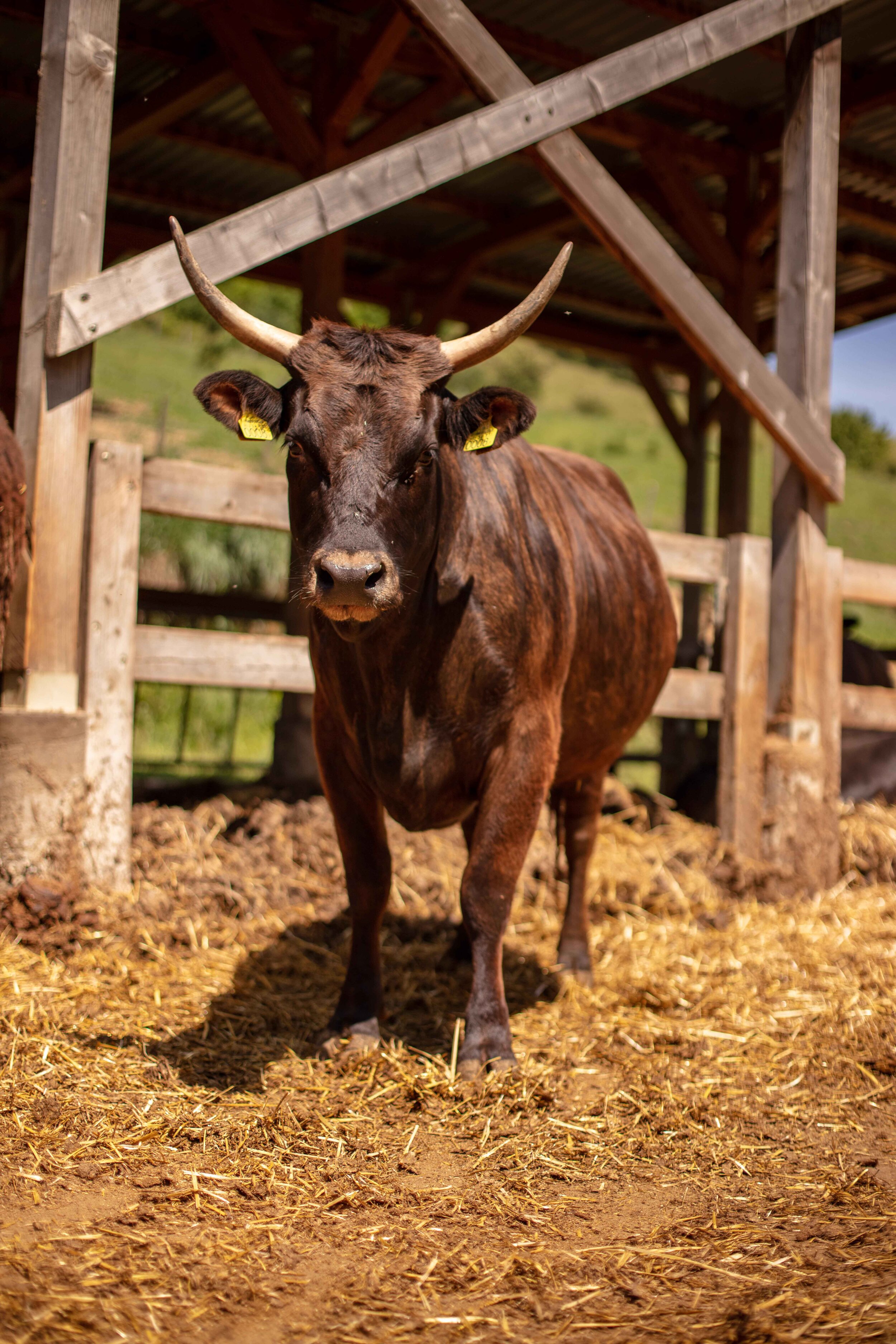
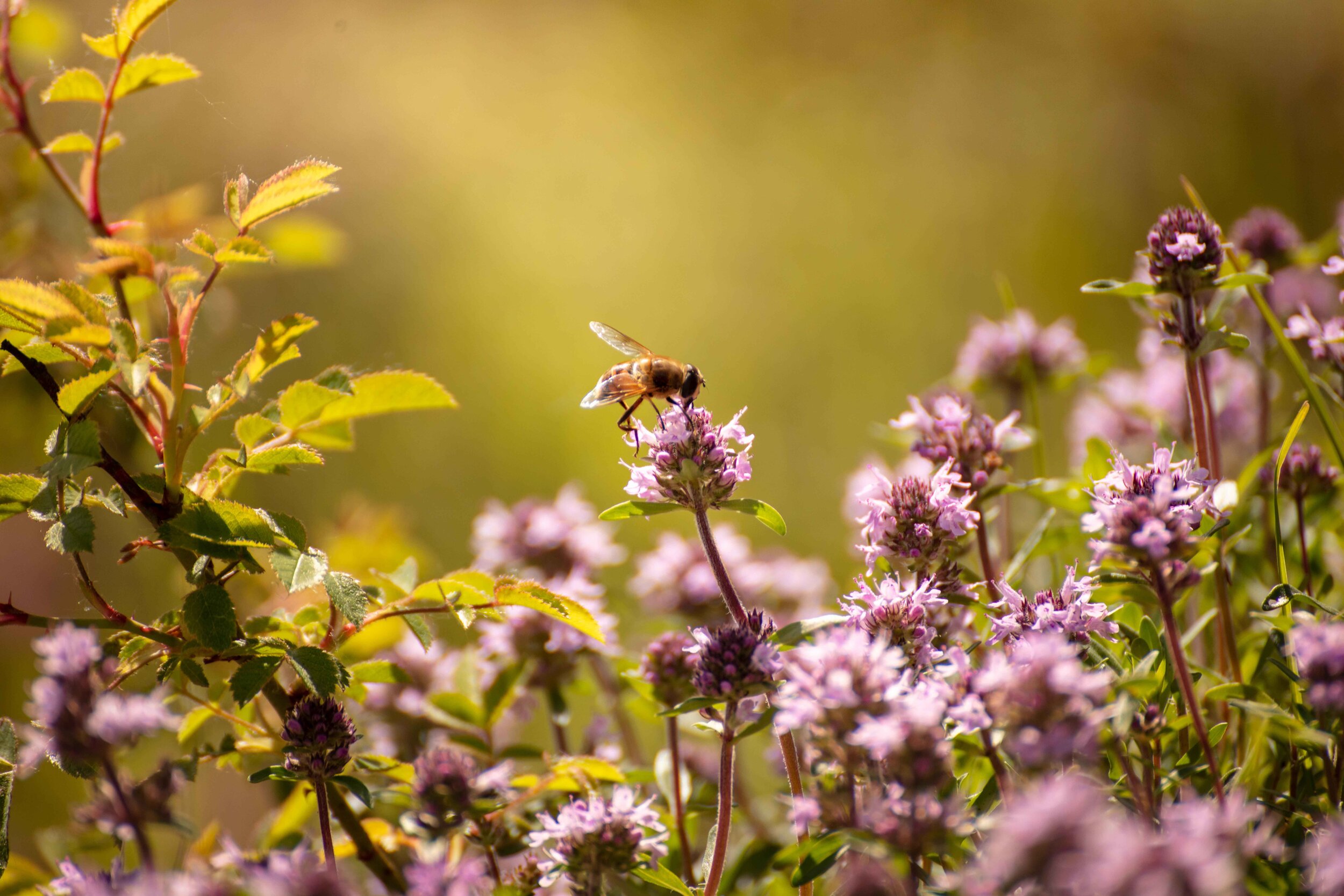
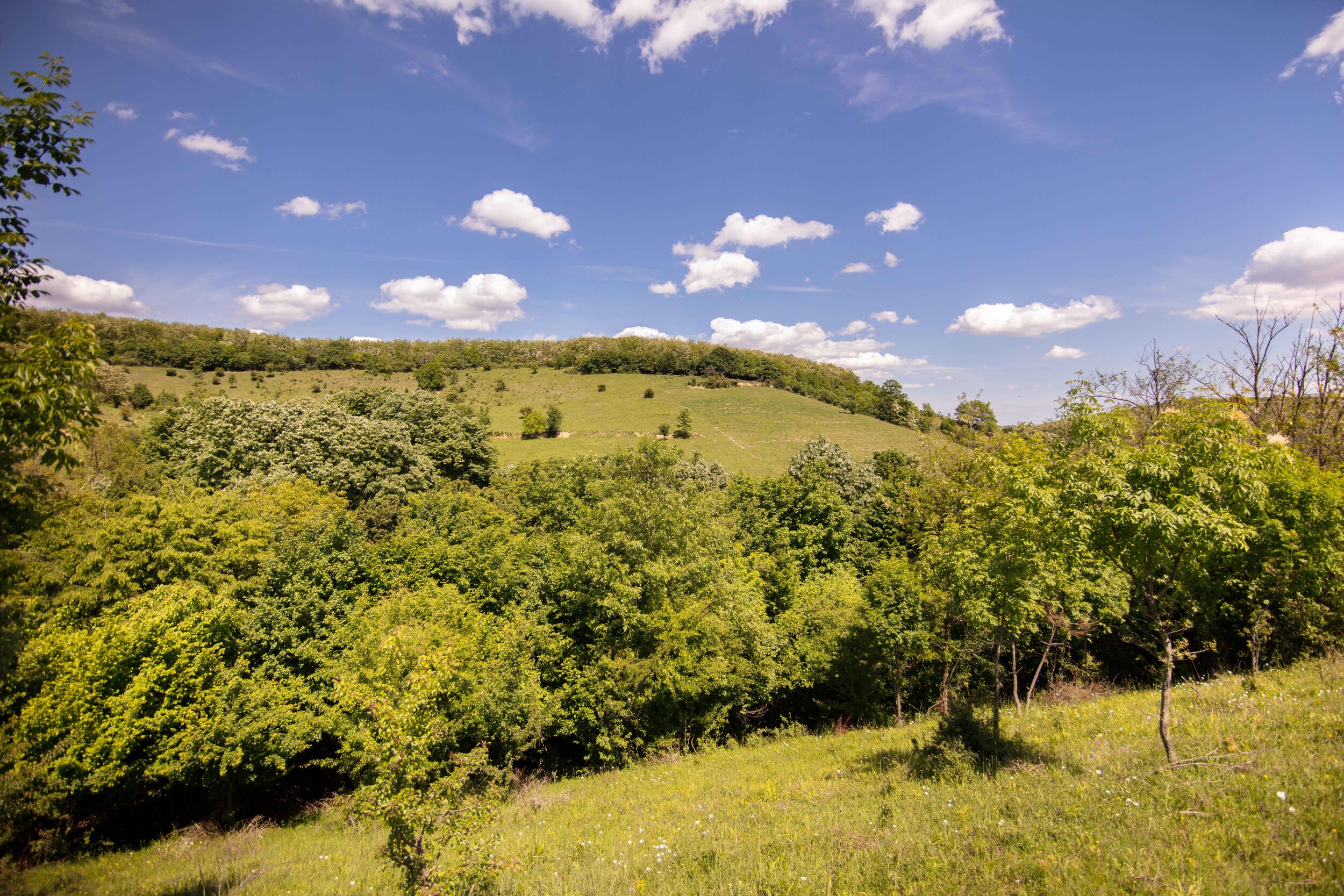
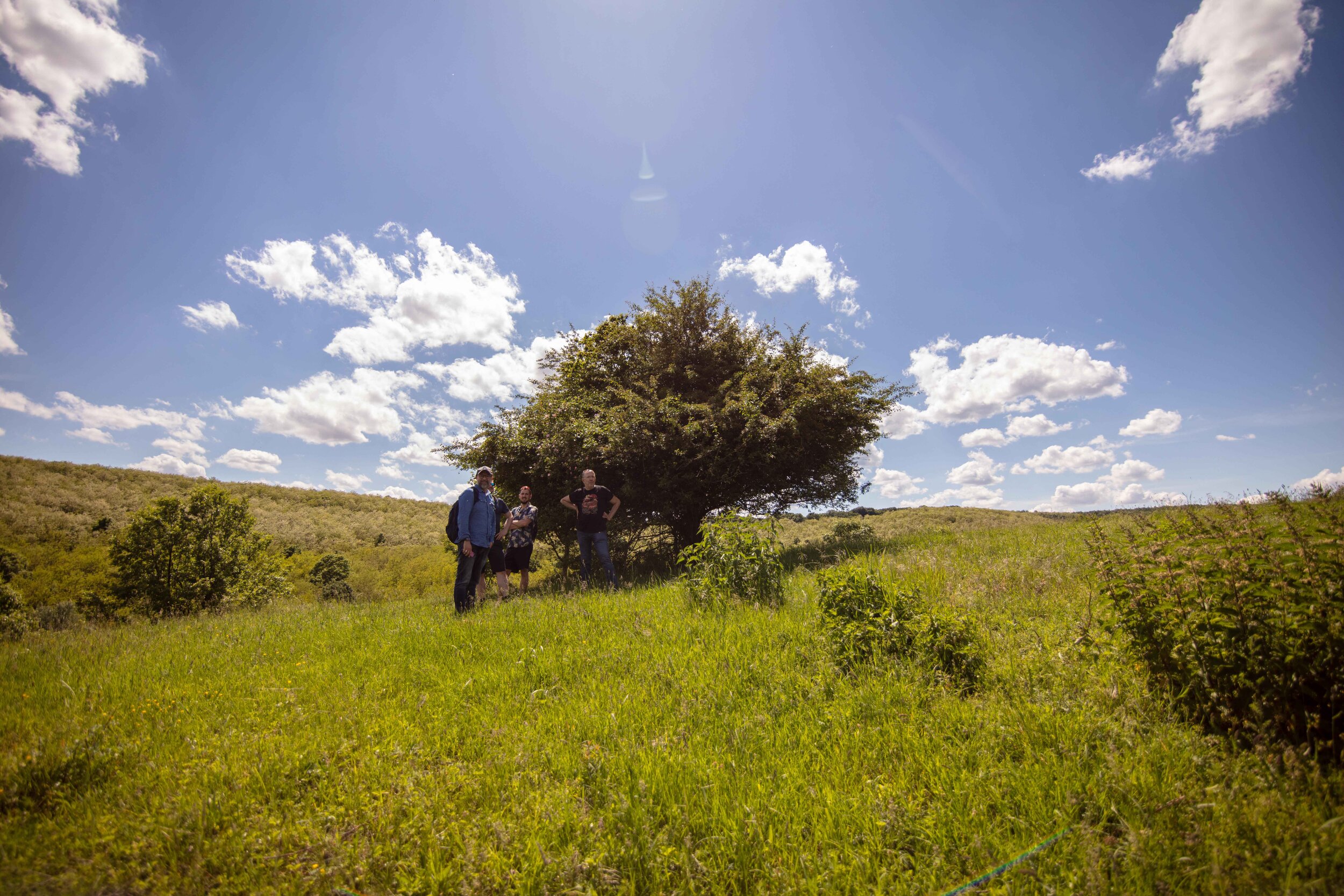
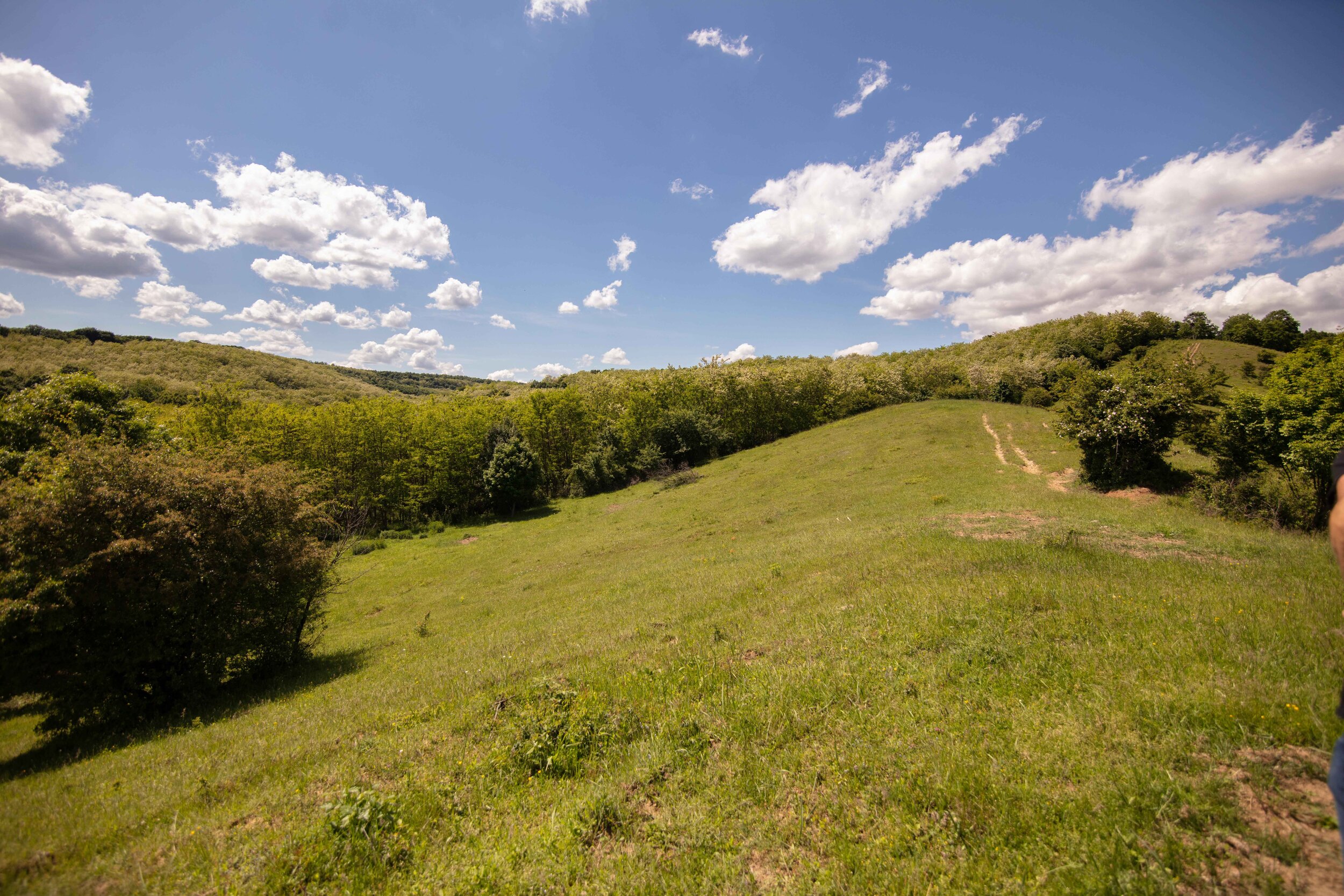

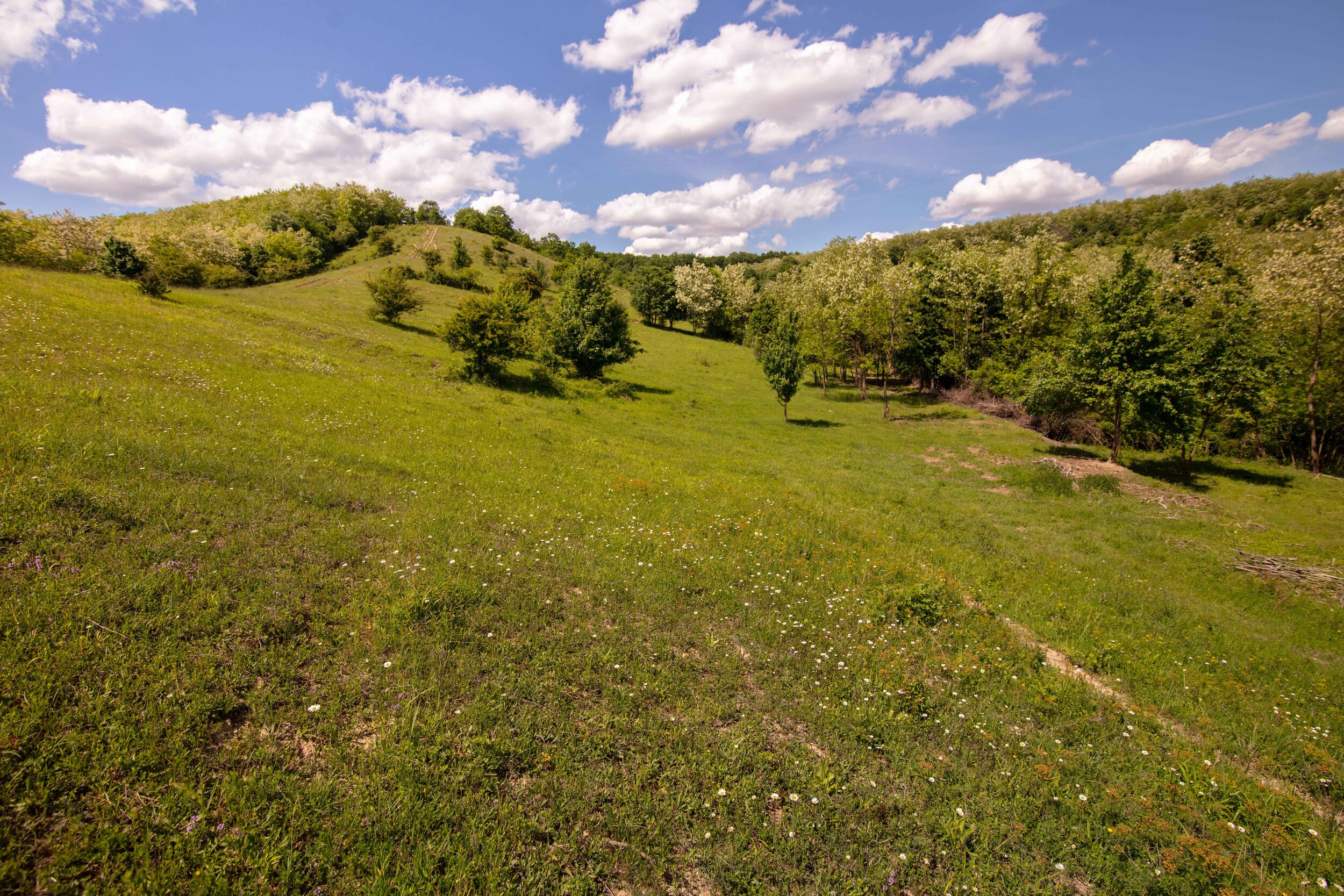
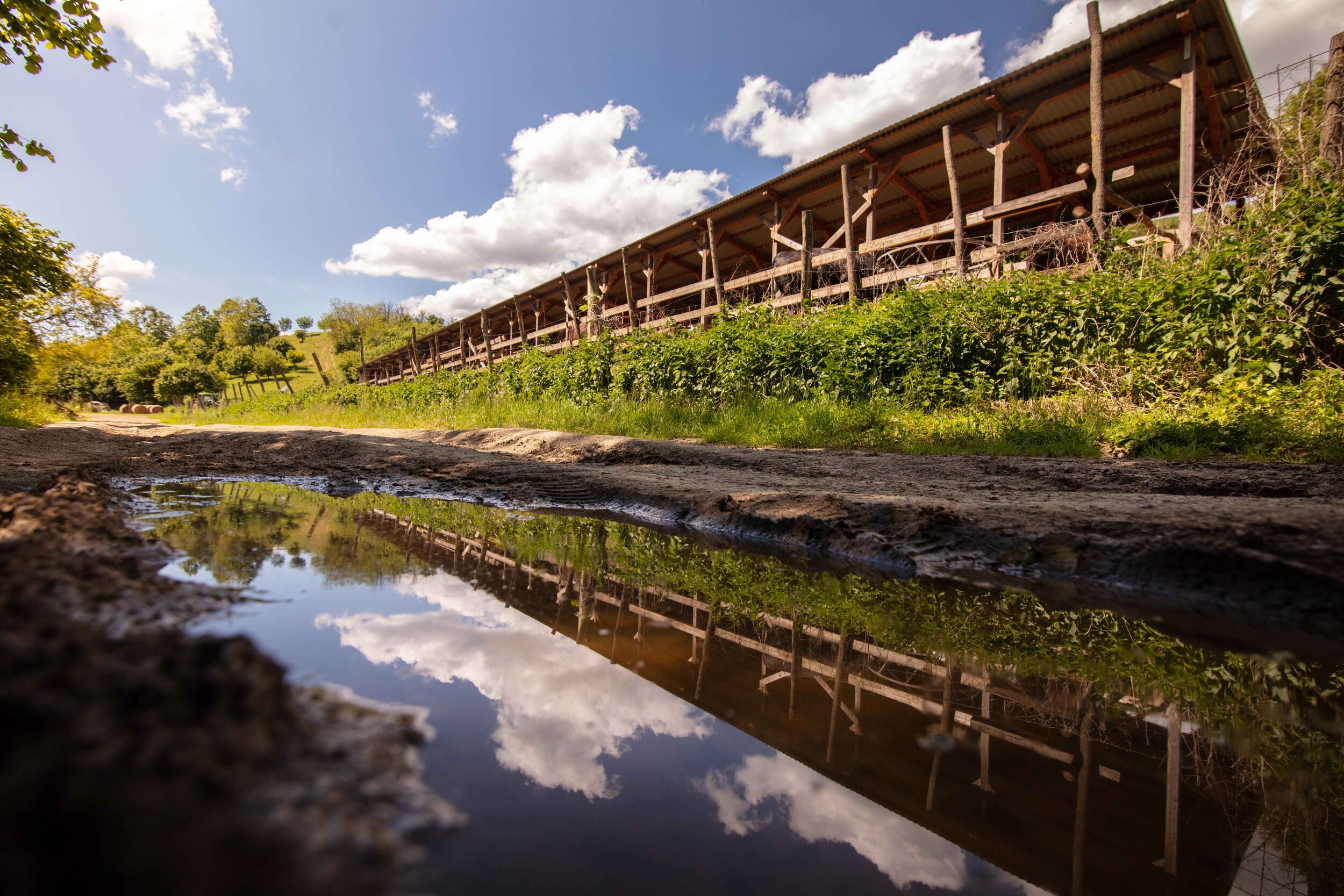
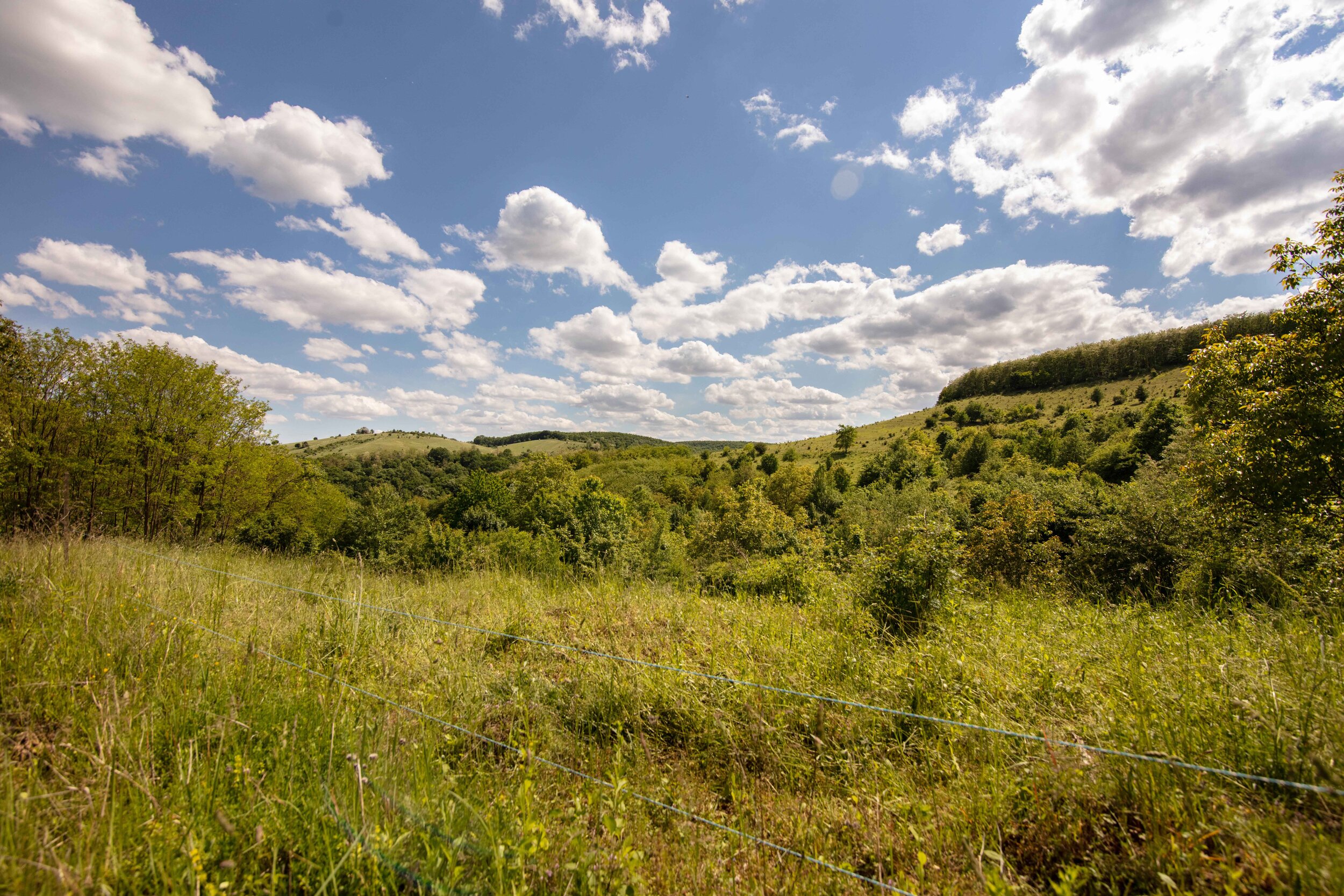
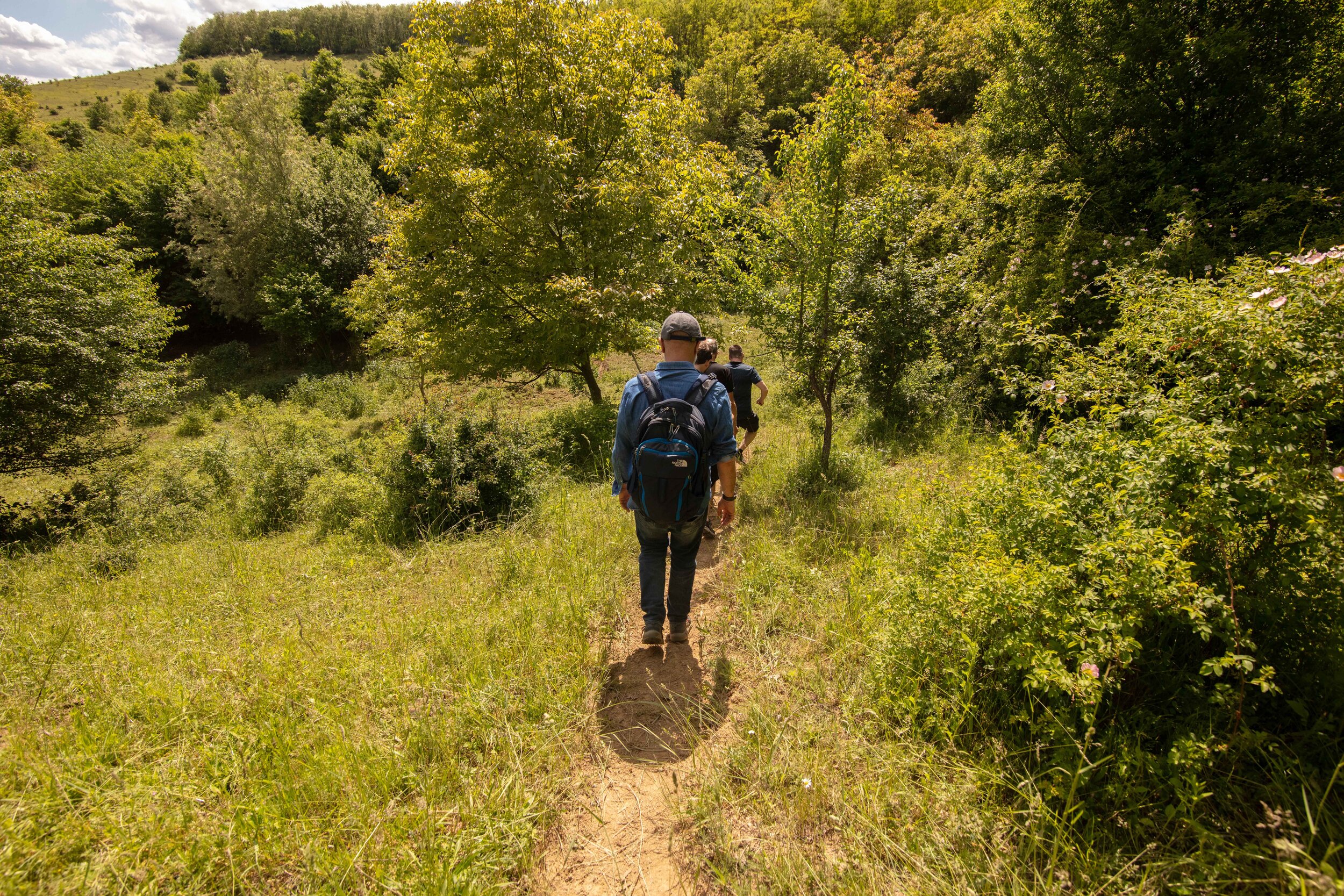
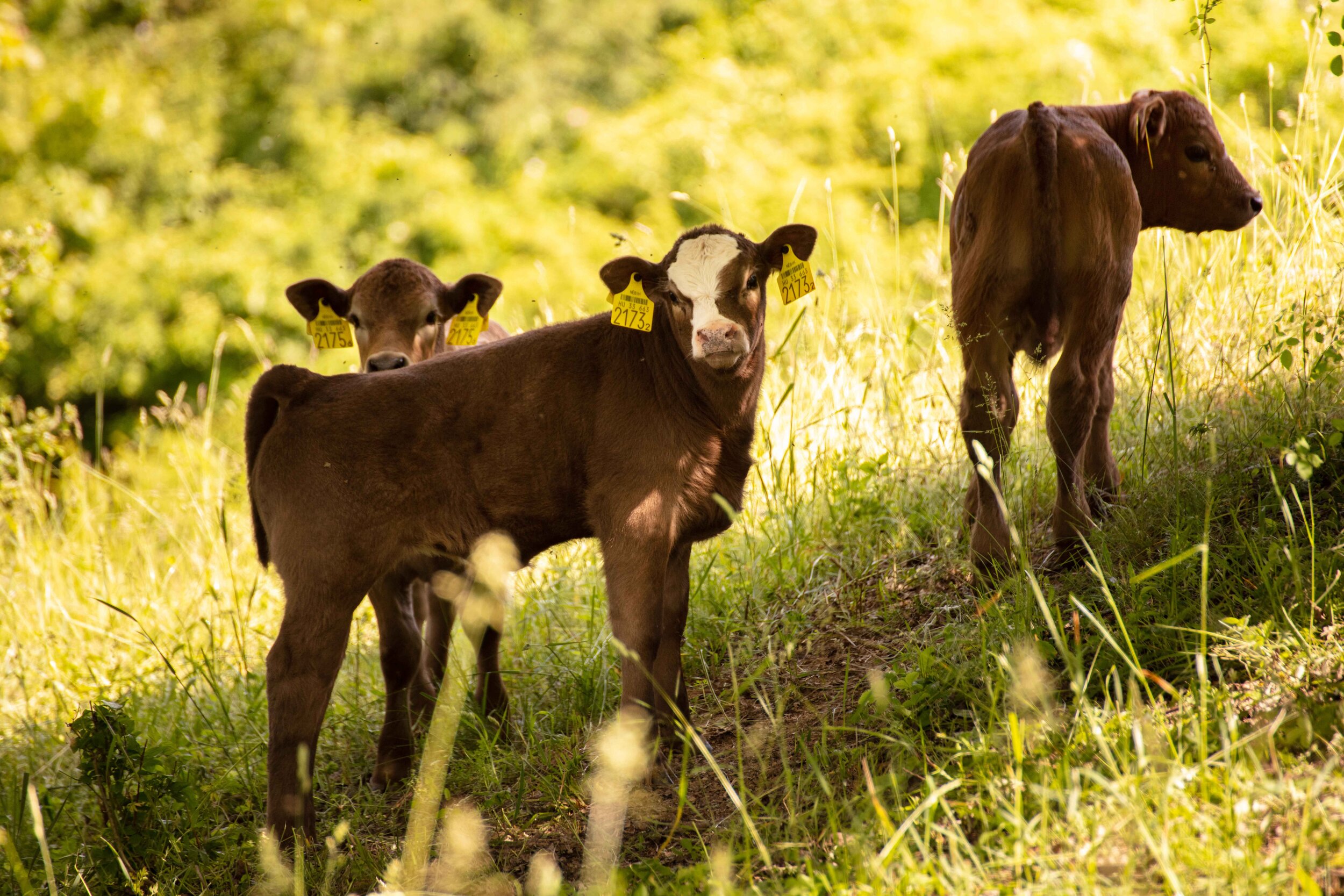
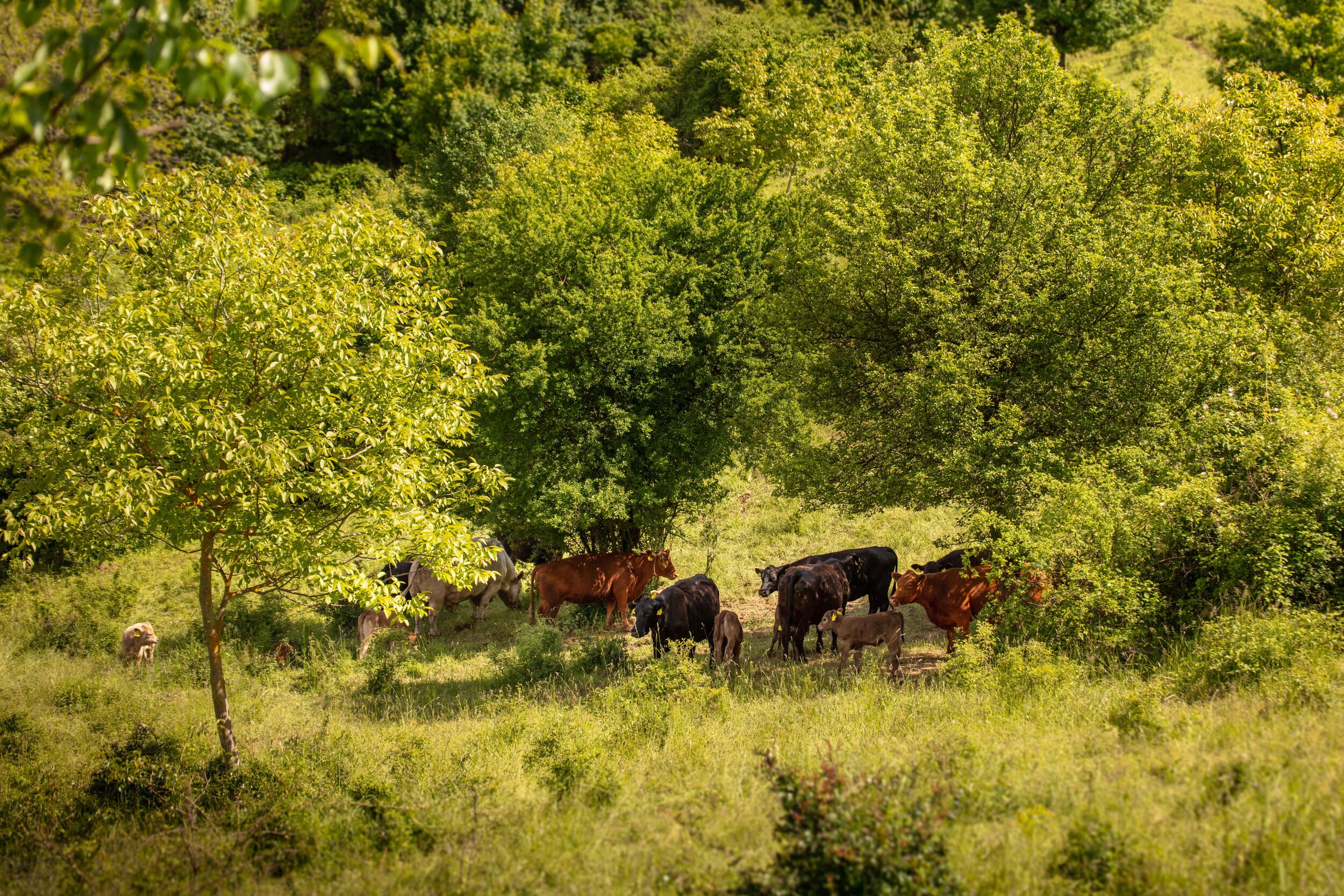
We visited Zichy Wagyu Farm in Szekszard - see for yourself the provenance of the meat
On a warm, sunny, late Spring day we found ourselves leaving our beautiful Budapest to venture into the southern region of Hungary, Baranya county specifically, and the village of Ofalu, a small village of 330 people, with 20% of the homes belonging to German speaking locals, who own summer homes in the village, and a majority of locals in the area belonging to the German/Hungarian Schwab community.
The Mecsek
Zichy Wagyu, located in The Mecsek, is rich rolling farmland in the eastern-most region of the Mecsek (the hilly area to the east of the Alföld, the large plain in Central Hungary). It is a 50 acre farm which is divided into three parts and grazed at different stages by the herd throughout the year to maximise the herd to grass ratio.
It’s here, that we met Mihaly Zichy, whose wagyu farm is the longest established (2009) in Hungary and supplier to the leading restaurants, hotels, and discerning clients throughout the country.
Mihaly worked in advertising before taking over his family land and pursuing his passion: good meat and good farming practices. He started from scratch, the land was there, beef cattle his passion – had to be Wagyu – right?
The Zichy Herd
Mihály has spent years improving the quality of meat in Hungary through his intense interest in breeding Wagyu (properly described as the Kuroge-washu cattle) with other local and foreign breeds, for example the Hungarian Grey (Szurke marha) and Angus.
Wagyu is a fairly docile cow, friendly towards humans, less stressed in a human centric environment and smaller in comparison to other beef cattle breeds which makes the per dollar cost of wagyu higher than its fellow cloven-hooved herbivores.
Mihaly has been experimenting with his herd for a number of years now and there is one absolute result that stands out: breeding wagyu with other breeds makes for a tastier steak – we will go into more detail on this later, especially the flavour when breeding with the Hungarian Grey and Angus.
The herd comprises of Angus and Szurke marha in equal numbers with a Wagyu bull. The results are that offspring are now usually 75% wagyu through his unique breeding program. This was achieved through breeding Angus with the wagyu bulls, resulting in a 50:50 breed (F1 Grade, see below), likewise the Hungarian grey. These were then bred with the wagyu again to achieve the 75% wagyu DNA results.
The problems with the Hungarian Grey are that, while it’s a more flavourful meat with a distinct “gamey” flavour, it’s not a favourite of chefs when cooking because of the grain of the meat – a tougher, leaner, working cattle meat yet with a very distinct “rich meaty” taste.
Angus is a larger breed than wagyu, with its own distinct, tried and tested flavour – a perennial favourite with its premium benchmark taste. The wagyu enhances both flavours
The combination of these three is unique to Hungary and for the F1 grade Wagyu as a whole. Usually F1 (especially in the US and Australia) refers to beef that is 50% Angus and 50% Wagyu. F2 is 75% Wagyu. The herd at Zichy Wagyu Farm comprises grade F1 and F2. For more on beef grading see our post on Beef grading around world.
In comparative terms, the taste of the F1 wagyu would be co spidered a poor man’s wagyu… while in absolute terms it’s far a better grade and marbling than a regular angus. Nevertheless,, it still does not match F2 and above.
We tried making a rich beef stock with wagyu, however, we found that when compared to Angus, the wagyu stock was too oily and murky… leading us to the conclusion that while wagyu is bette4 for making steaks and the like, Angus is better for making bases and broths (generally). This isn’t t9 say that we don’t like wagyu in broths – we made some delicious wagyu pho with 3 types of wagyu and can honestly say it was amazing in taste. The tip here was to spoon off the excess oil and strain the soup…
Hungary is not an easy place to farm Wagyu as it is not all about the farm itself, but the meat. And for the meat to be top notch, Mihaly has to send his cattle 200km for slaughter - this is because traditionally beef slaughter in HUngary has seen better days. Usually, the animal is cut in half and quartered.
Cuts like Zabuton, and others are not known to butchers here and on each visit to the slaughterhouse, Mihaly’s own expert accompanies the cattle - to make sure that cuts are up to standards abroad as well as maximising output.
All in all we saw first hand the dedication, care, and professionalism Mihaly has placed in his herd and his farming techniques. This is intensive farming, and his attention to detail is visible everywhere. From birth to slaughter, feed to grazing conditions, Zichy Wagyu is definitely one to watch and the final product is, in our opinion, the best beef available in Hungary and in the region.





